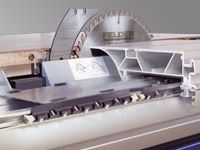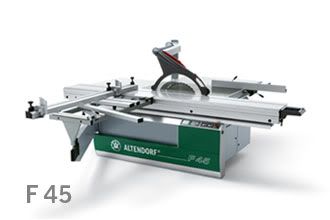Good day
Very soon I shall have to cut long Oak boards.
Today, I was working on prototype of feather roller with 2 rollers.
Please remember the roller tilt down as in the first post.
I wood like to here your opinion and if you have any suggestions for improvement.
Just have in mind please, that I like it simple and with in-hand resources.
I did not try it yet except dry run that looks and feels very good.
Please go this post
https://www.ukworkshop.co.uk/threads/wow-im-in-love.120811/
Thanks
niki
Very soon I shall have to cut long Oak boards.
Today, I was working on prototype of feather roller with 2 rollers.
Please remember the roller tilt down as in the first post.
I wood like to here your opinion and if you have any suggestions for improvement.
Just have in mind please, that I like it simple and with in-hand resources.
I did not try it yet except dry run that looks and feels very good.
Please go this post
https://www.ukworkshop.co.uk/threads/wow-im-in-love.120811/
Thanks
niki
Last edited by a moderator:


































